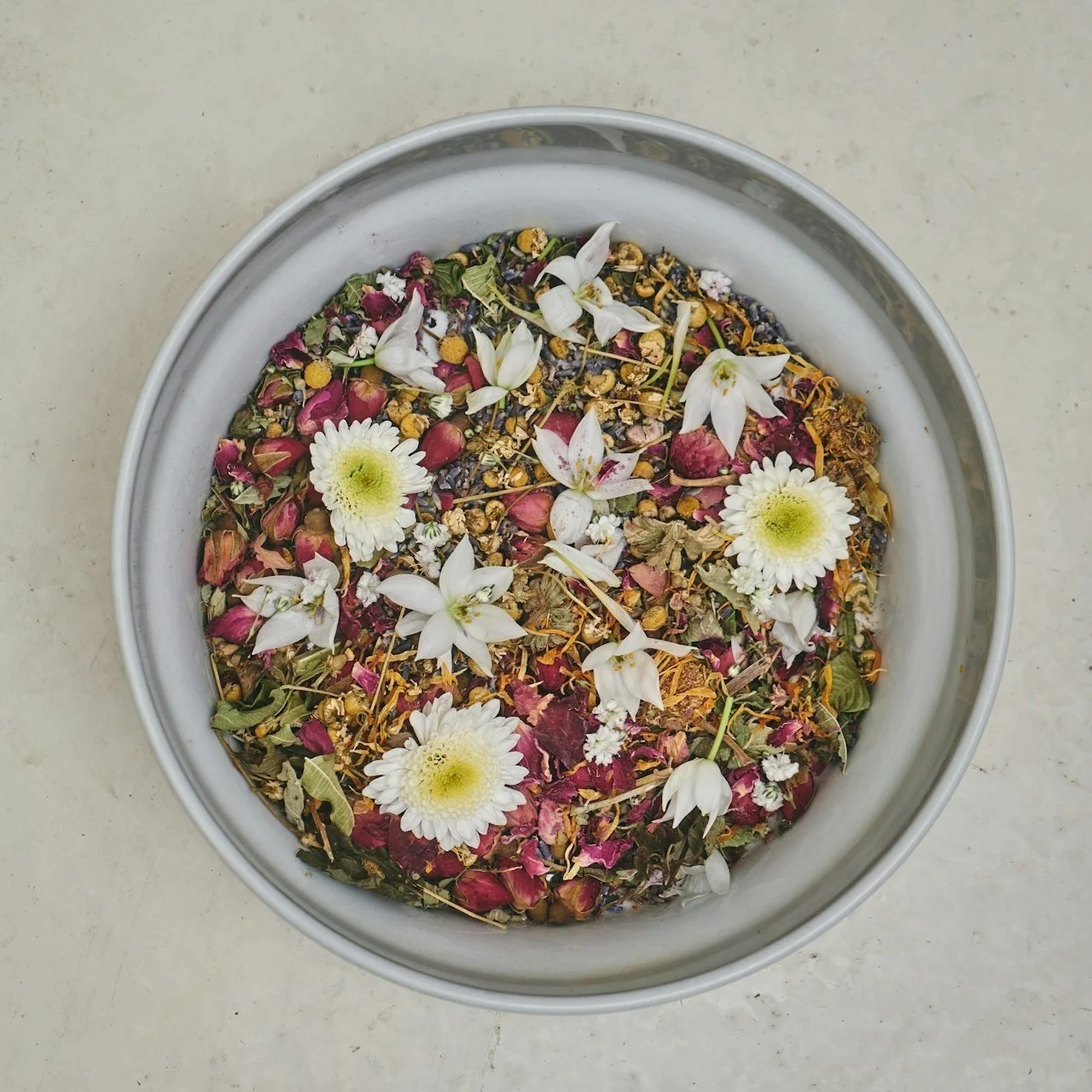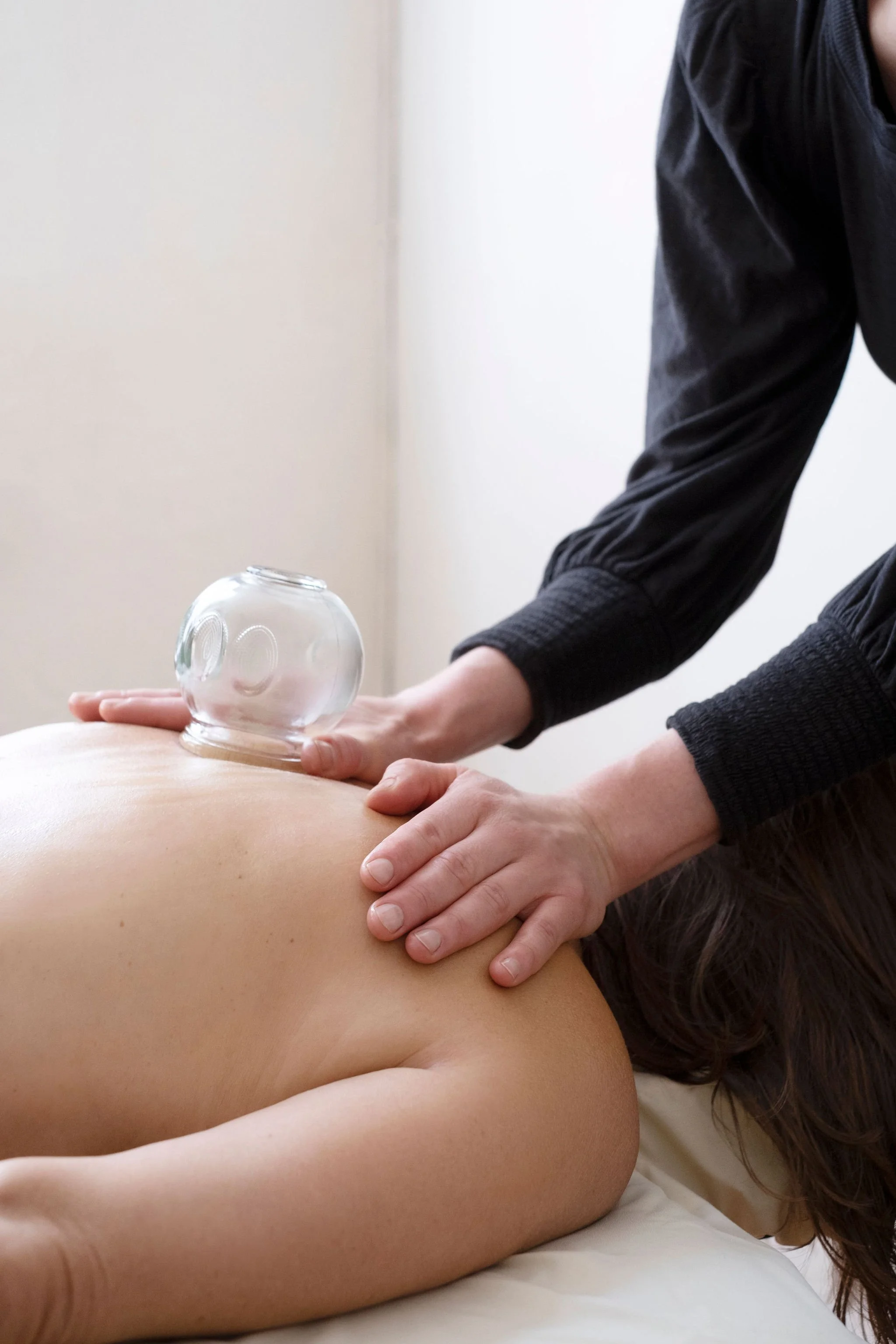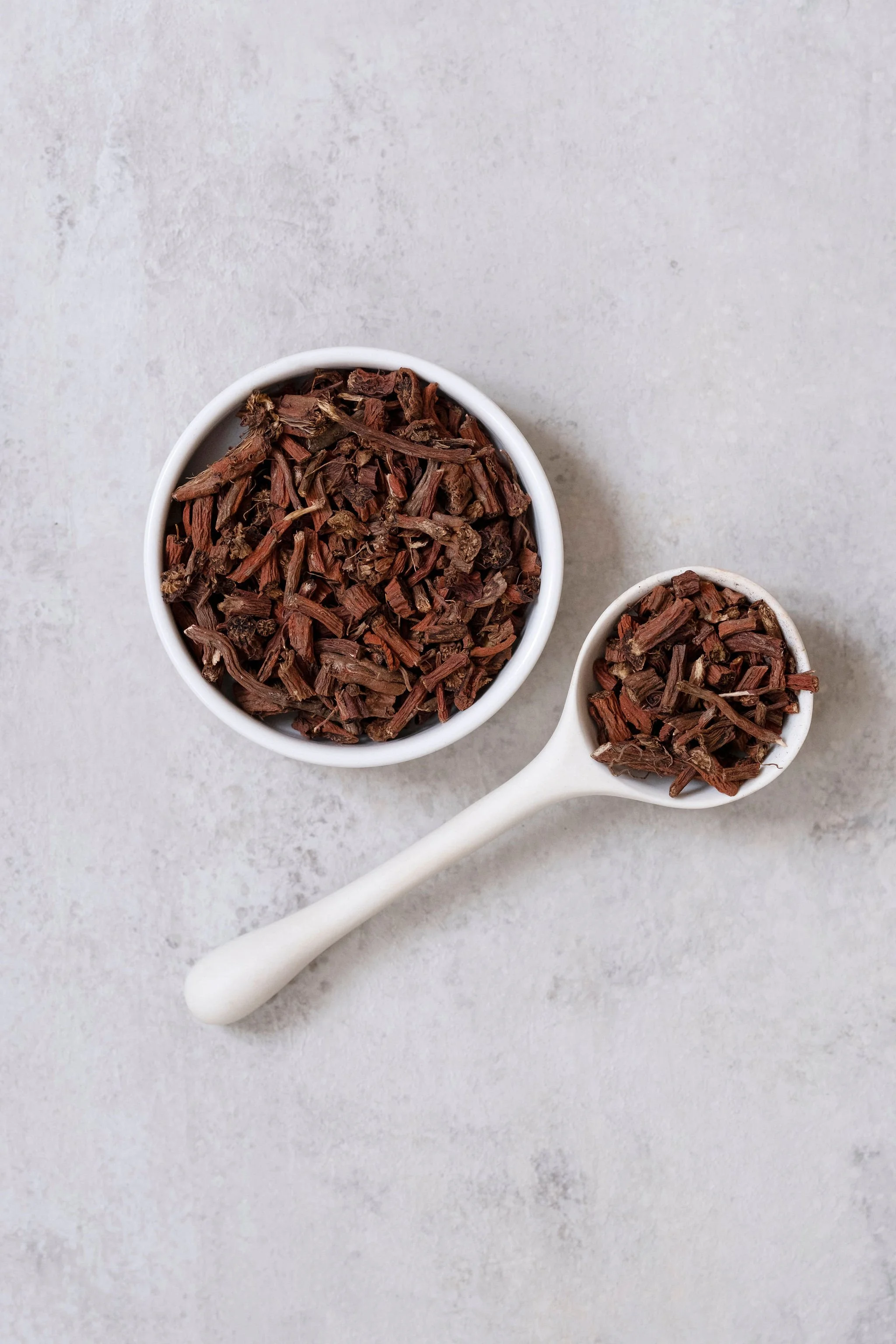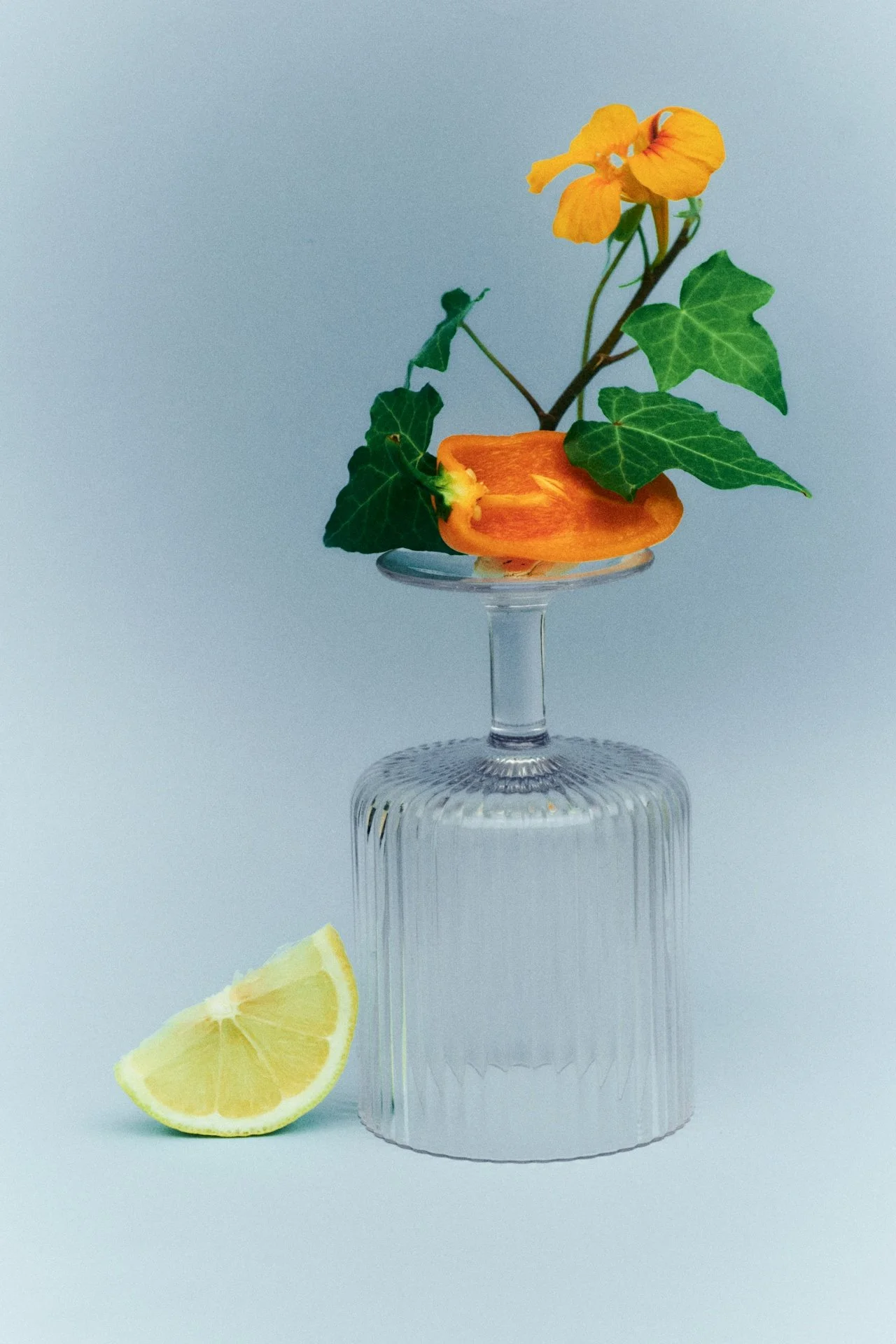Understanding Chinese Medicine: A Comprehensive Guide
The Many Modalities of Chinese Medicine
Chinese medicine is a holistic medical system that has been practiced for thousands of years. It focuses on treating the body as an ecosystem and emphasizes the interconnectedness of mind, body, and spirit, recognizing that illness can arise from emotional and environmental factors. By addressing these underlying issues, Chinese medicine is well equipped to treat acute and chronic illness and injury, restore harmony, and promote overall well-being.
One of the most well-known practices within Chinese medicine is acupuncture, which involves the insertion of fine, single-use needles into specific points on the body. Acupuncture is known to increase circulation, treat musculoskeletal issues, calm the nervous system, and stimulate the body’s natural healing processes. It is an effective therapy for treating a variety of conditions, from chronic pain to stress and emotional disorders to autoimmunity. Another valuable aspect of acupuncture is its ability to prevent and treat physical injury and sports injury through dry needling technique. Dry needling is essentially using an acupuncture needle to pinpoint and release trigger points and lengthen muscle fibers, which relieves pain and increases muscle function and mobility.
Chinese herbal medicine is another foundational aspect of Chinese medicine that utilizes the flavor (sweet, bitter, sour, acrid, salty, bland) and temperature (cold, cool, neutral, warm, hot) of plants to create personalized herbal prescriptions for a wide variety of conditions. Herbal medicine is one of the key therapies used in fertility treatments to regulate the menstrual cycle and prepare the body for implantation. Herbal medicine is also an effective treatment method for chronic and difficult to treat illnesses as well as common complaints such as digestive issues, menstrual cramps, brain fog, headaches, fatigue, muscle aches, stress, and anxiety, to name a few. Through customized herbal remedies written by a trained herbalist, both the symptoms and the root cause of an illness pattern are addressed. Because of its ability to be personalized and modified as illness patterns shift, Chinese herbal medicine is a powerful tool to prevent and treat health issues.
Chinese medicine provides many tools and techniques for treating illness and achieving and maintaining optimal health and longevity:
Acupuncture + Dry Needling
Bodywork
Chinese Medical Massage
Cupping
Moxibustion
Chinese Herbal Medicine
Dietary Therapy
Lifestyle Advice
Acupuncture: Chinese Medicine’s Most Recognized Therapy
Today, when people think of Chinese medicine, they think of acupuncture. Acupuncture is Chinese medicine’s most recognized therapy in the West. It involves the insertion of thin, single-use needles into specific points on the body. Acupuncture points are strategically chosen based on the individual's health concern(s). The practitioner may choose points on the extremities, chest, back, or head. Acupuncture techniques are then used to stimulate the distribution of blood and qi in different areas of the body to promote positive change. As with the other modalities, acupuncture may be combined with other therapies such as bodywork, and herbal medicine, to enhance its effects and provide a holistic approach.
Dry Needling: also known as Sports Acupuncture
Dry needling is an acupuncture technique that has gained popularity in recent years, particularly within the realm of sports medicine and physical therapy. While it is often associated with Western practices, it has a lot in common with orthopedic acupuncture or sports acupuncture in Chinese medicine. Both dry needling and sports acupuncture emphasize the importance of addressing pain and physical dysfunction within the body. Dry needling and sports acupuncture involve the insertion of thin, single-use acupuncture needles into specific trigger points to relax and unwind knotted muscle tissue. Depending on the severity of the injury, treatments lead to immediate and/or long-term relief from pain and improved mobility.
The practice of dry needling is particularly effective for those experiencing chronic pain, muscle tightness, or injuries. It’s also highly effective at treating and preventing sports injuries and helping athletes maintain conditioning. By targeting the correct trigger points, practitioners release tension and restore normal muscle function.
Incorporating dry needling into a broader treatment plan that also includes Chinese sports massage (tui you) as well as Chinese herbal medicine can provide a comprehensive approach to healing. Dry needling specifically targets muscle dysfunction and increases circulation, which is a foundational aspect of healing and recovery. Together, these practices offer a holistic strategy for managing pain and enhancing overall wellness. As patients explore these options, they often find that a combination of these techniques supports their optimal health.
Chinese Medical Massage + Cupping
Chinese medical massage and cupping are two powerful modalities that complement the broader framework of Chinese medicine therapies. These techniques are rooted in the principles of promoting circulation, relieving tension, and restoring balance within the body. By incorporating massage and cupping therapies into your treatments, you can experience a multitude of benefits that enhance both physical and mental health.
Chinese medical massage, also called tui na or tui you, utilizes various hand techniques to manipulate the body’s soft tissues. This form of bodywork not only alleviates muscle tension but also promotes the blood flow through areas of injury. By targeting specific areas of discomfort, practitioners can help address issues such as acute and chronic pain, stress, and fatigue. Bodywork is an integral aspect of Chinese medicine and enhances the effects of acupuncture.
Cupping therapy, another significant aspect of Chinese medicine, involves placing suction cups on the skin to create a vacuum effect. Cupping enhances blood flow and facilitates the release of tight muscles. While massage has an inward/downward directionality, cupping has an outward directionality, creating more space in the fascia layers by gently lifting. Cupping can be particularly beneficial for athletes and those recovering from injuries, as it aids in muscle recovery and reduces inflammation. Together, these therapies provide excellent tools for treating and preventing imbalance.
The Importance of Moxibustion
Moxibustion is a traditional Chinese medicine technique that involves the burning of mugwort, a medicinal herb, to warm specific acupuncture points and areas on the body. This practice is often used in conjunction with acupuncture to enhance its effects, as the heat generated by moxibustion stimulates blood and qi circulation (where blood goes, qi follows). Warmth creates circulation of blood, therefore it also creates circulation of qi. Moxibustion can help alleviate various conditions, including pain, digestive issues, and menstrual discomfort.
The application of moxibustion can be done in several ways, including direct and indirect methods. Direct moxibustion involves placing a small cone of the herb directly on the skin, while indirect moxibustion uses a stick of mugwort held close to the skin without direct contact. This flexibility allows practitioners to tailor treatments to the individual needs of patients, ensuring a comfortable and effective experience.
Incorporating moxibustion into a treatment plan that includes acupuncture, dry needling, bodywork, and Chinese herbal medicine can provide a comprehensive approach to healing. Chinese medicine modalities work synergistically to address both symptoms and underlying imbalances, supporting the body’s natural ability to heal and maintain optimal health.
An Overview of Chinese Herbal Medicine
Chinese herbal medicine is an integral component of Chinese medicine, offering a rich tradition of using plants to treat and prevent illness and promote health and longevity. Like foods, herbs are categorized by their flavor and temperature. Each herb’s flavor (sweet, bitter, sour, acrid, salty, bland) and temperature (cold, cool, neutral, warm, hot) determine its therapeutic effect on the body. By utilizing a range of herbs, trained practitioners personalize herbal formulas to address both the symptoms and root cause of an illness or imbalance, providing a comprehensive approach to healing.
The formulation of herbal remedies in Chinese medicine is highly individualized, taking into account a patient’s specific health concerns, constitution, and lifestyle. A personalized approach ensures that herbal prescriptions are tailored to the unique needs of the individual, enhancing effectiveness. Common conditions treated with Chinese herbal medicine include digestive issues, fertility, respiratory ailments, fatigue, brain fog, chronic conditions, and stress-related disorders, among others.
Chinese herbal medicine is often used as a stand-alone therapy. However, there is strength in combining herbal medicine with other modalities, such as acupuncture, dry needling, and bodywork, which enhances overall treatment experience and allows the practitioner to work on multiple layers of the condition or illness being treated. The changes you experience with herbal medicine and acupuncture are diagnostic and help to guide your treatment strategy forward. The more information your practitioner receives from shifts you experience, the better understanding they have for making any necessary adjustments or modifications to your herbal formula or acupuncture treatment. Approaching treatment on multiple levels with acupuncture, bodywork, and herbal medicine creates a powerful shift in the body to change old patterns.
Dietary Therapy in Chinese Medicine
Dietary therapy is another fundamental aspect of Chinese medicine. A seasonally appropriate and balanced diet is key to maintaining health and preventing illness. Food is not just a source of sustenance, it’s also a powerful tool to create change in the body. It’s a spectrum, though, what we put in our bodies is either helping or hurting us. By understanding the properties of various foods and seasonal implications, trained practitioners can educate patients and suggest dietary choices to support unique health needs and promote overall well-being.
In Chinese medicine, foods (and herbs) are categorized based on their qualities, including flavor (sweet, bitter, sour, acrid, salty, bland) and temperature (cold, cool, neutral, warm, hot). For instance, warming foods such as ginger and cinnamon can be beneficial in cold-related conditions such as Raynaud's disease. On the other hand, cooling foods such as cucumber and watermelon can help treat heat-related conditions. The ability to personalize ensures dietary recommendations align with the individual's constitution and current health status. Dietary therapy often complements other practices within Chinese medicine, such as acupuncture and herbal medicine. By incorporating specific foods into a treatment plan, practitioners can enhance the effectiveness of these modalities, providing a holistic strategy for health.
Lifestyle Advice: Integrating Chinese Medicine into Daily Life
Integrating Chinese medicine into daily life can significantly enhance your overall well-being. This might look like reading a book before bed instead of looking at your laptop or TV. Or incorporate bonebroth into your weekly ritual to nourish and build qi and blood. Whatever it is, your practitioner will discuss modifications and suggestions to your lifestyle that suit your needs and meet you where you’re at.
Chinese medicine has plenty of wisdom to share, even if you aren’t currently dealing with an illness or injury. The wisdom of Chinese medicine is famous for treating acute and chronic imbalances, harboring a deep understanding of longevity, and fostering a well-lived life in harmony with the changes and seasons.
The Relevance of Chinese Medicine in Contemporary Health Care
Chinese medicine holds significant relevance in modern day health care as it offers an effective alternative to many mainstream medical practices. As more individuals seek alternatives to conventional treatments, the principles of Chinese medicine—to treat holistically and address the root causes as well as the symptoms—are helping to shift the paradigm of modern medicine.
Acupuncture, one of the most well-known modalities of Chinese medicine, has gained widespread acceptance for its efficacy in treating various conditions, including chronic pain, fertility, anxiety, and stress, to name a few. Its ability to improve blood circulation, calm the nervous system, and stimulate the body’s natural healing processes make it a valuable therapy as a stand-alone or a complementary treatment. Acupuncture is also highly effective at treating musculoskeletal issues. Acupuncture for physical injuries, also known as dry needling, is a valuable tool in treating and preventing physical injury and pain management. Another facet of Chinese medicine: herbal medicine. Chinese herbal medicine is a stand-alone modality in its own right, though it's often paired with other Chinese medicine therapies, such as acupuncture and bodywork to enhance the effects of treatment. Herbal medicine offers a comprehensive approach through personalized herbal prescriptions that effectively treat a range of health issues. Chinese herbal medicine can treat anything from digestive disorders to respiratory ailments to fertility. The integration of these practices into modern health care not only enhances treatment outcomes but also fosters a deeper understanding of holistic and patient-centered care.





